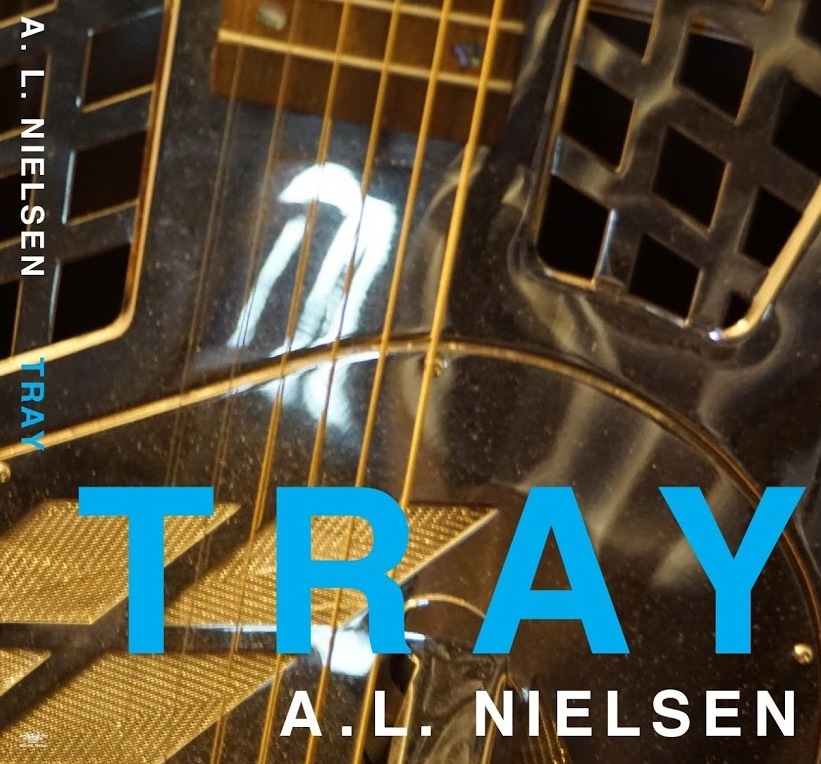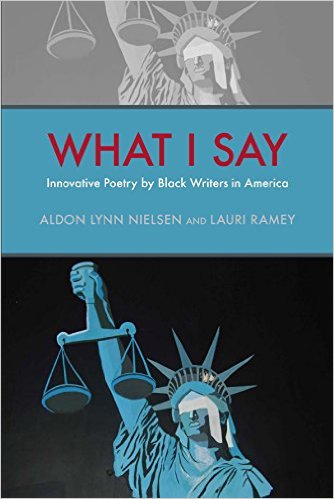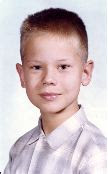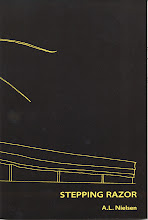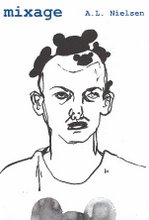
[Today's blog, getting in the Holiday spirit, is given over to an article found on the front page of today's WASHINGTON POST, concerning one Aldon D. Nielsen, someone whose name differs by one letter, and who himself differs by one generation, from your humble servant.]
Mastering a Branch of HistoryAmateur Photographer Has Focused On Decades of the National Christmas Tree
By Timothy DwyerWashington Post Staff WriterThursday, December 21, 2006; A01
Each year since 1963, Aldon D. Nielsen, 84, has taken pictures of the National Christmas Tree. He's trudged out there in the snow and sleet and rain, on frigid nights and perfectly clear star-kissed nights. He has photographed fat trees, skinny trees and one tree that had to be surgically repaired because the train carrying it to Washington derailed.
Over the years, he has become the nation's leading expert on the history of the tree. When the tree is lighted each year, it marks a moment in the country's history, the ceremony a reflection of what is going on in America and the world. Jimmy Carter, the sweater president, had energy-efficient lights. Richard Nixon pulled the switch to light the tree while being hooted by Vietnam War protesters. Ronald Reagan, after an assassination attempt, lighted the tree from the White House instead of the Ellipse for security reasons. During the Iran hostage crisis, the tree was dark except for a star on top out of respect for the captured Americans. On Dec. 18, 1980, Carter lighted the tree for only 417 seconds, one for each day the hostages had spent in captivity. On Inauguration Day in 1981 when the hostages were released, Reagan ordered the tree redecorated in time for their return home.
Throughout the years, presidents have moved in and out of the White House, but Nielsen has made the trip from his home in Northern Virginia to record the image of the tree. A self-trained photographer who worked for the Department of the Interior for most of his life, Nielsen is believed to be the only person in the country with such an extensive archive of photos of the National Christmas Tree. He has his collection on a slide show, compete with music and a historical narrative. He has gone from film to digital to video, from middle age to old age, from father to grandfather to great-grandfather, and all the while kept up his mission.
He is the unofficial-official National Christmas Tree photographer. The National Park Service found out about him about seven years ago and scooped up his photos and put them on its Web site as part of its year-by-year history of the tree.
"I think it is a very unique project that he has undertaken," said Terry Adams, a spokesman for the National Park Service. "It takes some time, and he is devoted to it. I would venture to guess that there is probably no one in the country better prepared to speak about that tree than he is."
Nielsen, a native of Nebraska who served in the U.S. Army and fought in the Battle of the Bulge, took his first picture of the National Christmas Tree just a few months after moving to Arlington. He, his wife, Vivian, and their four children arrived in 1963 from Denver, where he worked for the U.S. Bureau of Reclamation in a variety of positions, including chief of operations. The tree was lighted later than usual that year because President Lyndon B. Johnson said the lights should not be turned on during the 30-day mourning period for President John F. Kennedy.
"I heard about the lighting of the tree, and so we went in for it," he recalled. "I parked my car on 18th Street. I didn't have a tripod, so I just set the camera on the roof of the car and took the picture that way. I remember it was icy."
He came back the next December and the December after that. "It was more of a family outing than anything else," he said. He took his camera each year and shot the photograph at dusk or just after. Some time after his third or fourth Christmas in Washington, a news release came across his desk about a photo that was available of President Calvin Coolidge lighting the Christmas tree in 1923. The National Park Service was one floor down from his office. He paid a visit and got a copy of the picture. "I realized just how connected to history the tree was," he said.
Soon enough, the annual trip to the White House became more of a vocation than a family trip. His children grew up, his wife stopped going with him, and still he continued to make the trip, alone, as he did this month.
In the mid-1970s, Nielsen began going to nursing homes and retirement communities to present the slide show of his collection. When the tree lights went from the traditional on-off type to computer-controlled lights that fade in and out, Nielsen adjusted by going to video. "I used time-lapse photography, and with the lights changing all the time, it didn't work." Each year, he would drop by the Park Service in the fall and pick up information about the selected tree so he could incorporate the details into his slide show. Environmentalists persuaded the Park Service to stop using cut trees and go to a live tree. The first couple of live trees did not survive very long.
"In my narration," Nielsen said, "I'd tell people how difficult it is to live in Washington and that some of the trees didn't make it."
Nielsen will be 85 years old in less than a month, and he is not sure how long he can continue the project that has made him a national treasure of sorts. He is in great shape. His children gave him a pair of walking shoes and a pedometer when he retired, and he said he has walked more than 10,000 miles since. He is thinking that he would like to have the youngest of his three sons take over the project for him. It would be nice to keep it in the family. He hasn't told his son about the plan yet.
On a recent day, he stood in the bright sunshine and raised his video camera toward the tree and shot for a few minutes. He wanted to get a little video of the tree in daylight for a change. He stopped recording, reviewed the video in the viewfinder and then flipped the switch to "record" once again. "Too much sky in the shot," he said. And then he went back to his labor of love, photographing the nation's Christmas tree. Maybe he's not ready to give up the job after all.
[You can see some of the Christmas Tree photos, read the histories and note yet another incorect spelling of the family name here: http://www.nps.gov/whho/historyculture/1969-1973-national-christmas-trees.htm -- and, to round out the story, below is a photo of Nielsen, taken some years ago by another amateur.]













